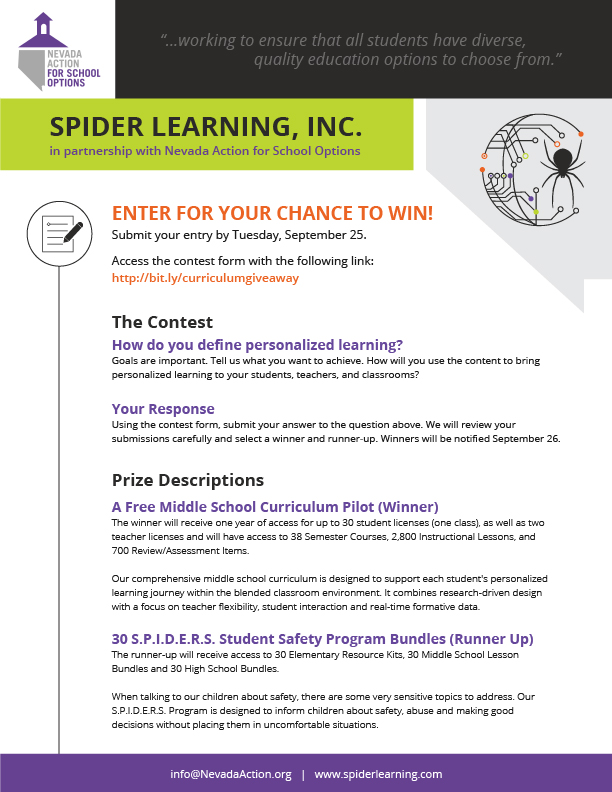Southwest Las Vegas’ 89123 – Choices Worth Understanding
As measured by Nevada’s School Performance Framework, the 89123, located in southwest Las Vegas, features a wide-range of school choices, ranging from district-zoned schools to state charter schools to private schools. The zip code serves 8,174 students with 50 percent attending three-star schools.
The zip code features three five-star schools – a pair of Coral Academy of Sciences schools (elementary and middle school) and one magnet (Roger Gehring Elementary School) – accounting for 1,690 students in the 27,525 households.
A majority of students (4,094 students) find themselves in three-star schools (Silvestri Middle School, Schofield Middle School, Beatty Elementary School, and Cartwright Elementary School). The lone one-star school (Nevada Virtual Academy) serves 540 students — it is important to note that Nevada Virtual educates students from all around Nevada in their own homes, with its office in the 89123 zip code.
The 89123 is a picture of school choice with a healthy mix of state charters, private and district-zoned schools, providing families plenty of options. The zip code is home to a trio of private schools, including Omar Haikal Islamic Academy (K-8), Kids R Kids Quality Learning Center (K), and Challenger School Silverado Campus (K-8). The private school options go hand in hand with public charter options in Coral Academy of Sciences and Nevada Virtual Academy – both servicing students kindergarten to high school. The zip code is also home to Roger Gehring Elementary, a magnet school where students must apply, meet any academic entrance requirements and be accepted to attend the school. The school is open for students kindergarten through fifth grade.
Education is viewed positively in the area as 91 percent of the 56,300 residents posess a high school diploma or higher, with 7,716 residents over the age of 25 holding a Bachelor’s degree. The median household income is $61,006, well above the Las Vegas average.
For more information on the performance of public schools in Clark County, visit the GreatSchoolsAllKids website operated by Opportunity 180.






